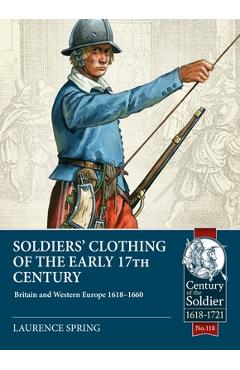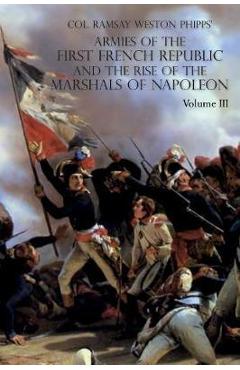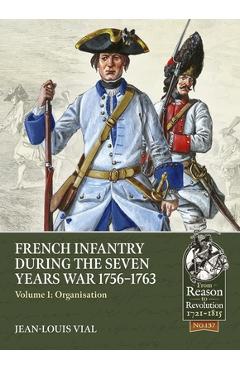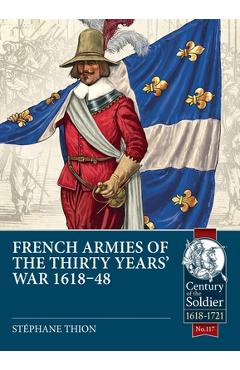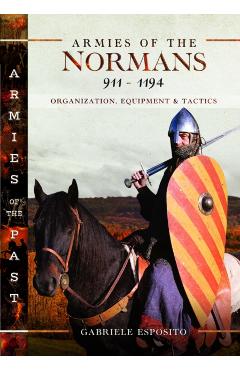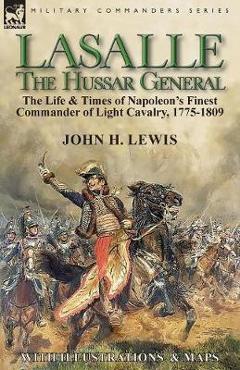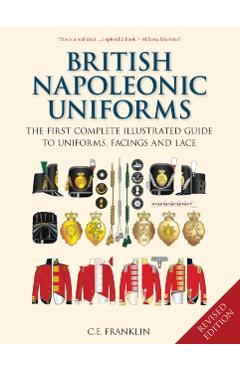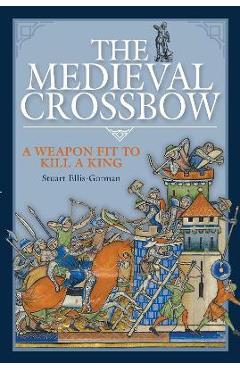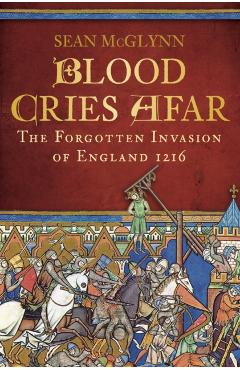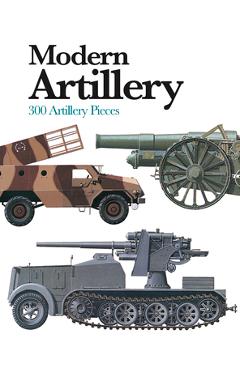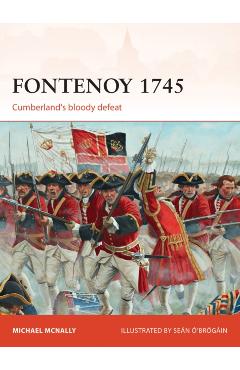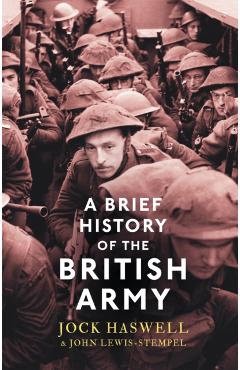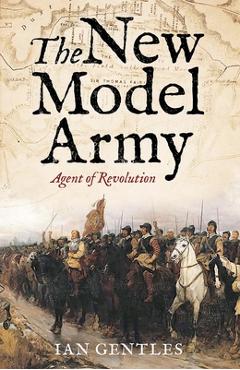Citizens to Arms!: Uniforms of the French Revolutionary Armies 1792-1799
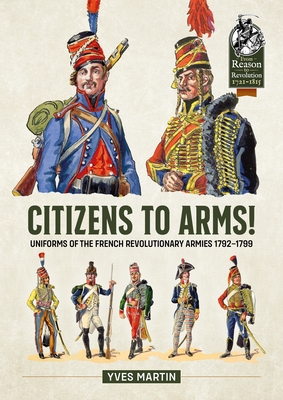
Citizens to Arms!: Uniforms of the French Revolutionary Armies 1792-1799
Napoleon's army was born from the multiple French revolutionary armies. These were a merger of the old royal troops and a mix of volunteer and conscripted units. Raw recruits filled with patriotic enthusiasm marched forward alongside royal veterans and rogue adventurers eager for loot. By 1799, the French armies had been battle-tested and hardened. They provided the human material with which Bonaparte put an end to the revolutionary wars and prepared for his future imperial successes.
The bewildering array of uniforms worn by the revolutionary soldiers is much less documented than those of their imperial successors. In 1943, Henry Boisselier produced a series of 56 plates providing a broad coverage of the troops which fought from 1792 to 1799.
Citizens to Arms! presents this series with comprehensive comments for each plate as well as a discussion on the artist, the sources he used and the citizens, men and women, who answered the call to arms. It fills a gap for anyone with an interest in the 1792-1815 period and its uniforms.
Napoleon's army is illustrated through Henry Boisselier's 1943 plates depicting uniforms from 1792 to 1799.
Napoleon's army was born from the multiple French revolutionary armies. These were a merger of the old royal troops and a mix of volunteer and conscripted units. Raw recruits filled with patriotic enthusiasm marched forward alongside royal veterans and rogue adventurers eager for loot. By 1799, the French armies had been battle-tested and hardened. They provided the human material with which Bonaparte put an end to the revolutionary wars and prepared for his future imperial successes.
The bewildering array of uniforms worn by the revolutionary soldiers is much less documented than those of their imperial successors. In 1943, Henry Boisselier produced a series of 56 plates providing a broad coverage of the troops which fought from 1792 to 1799.
Citizens to Arms! presents this series with comprehensive comments for each plate as well as a discussion on the artist, the sources he used and the citizens, men and women, who answered the call to arms. It fills a gap for anyone with an interest in the 1792-1815 period and its uniforms.
PRP: 203.66 Lei
Acesta este Pretul Recomandat de Producator. Pretul de vanzare al produsului este afisat mai jos.
183.29Lei
183.29Lei
203.66 LeiLivrare in 2-4 saptamani
Descrierea produsului
Napoleon's army was born from the multiple French revolutionary armies. These were a merger of the old royal troops and a mix of volunteer and conscripted units. Raw recruits filled with patriotic enthusiasm marched forward alongside royal veterans and rogue adventurers eager for loot. By 1799, the French armies had been battle-tested and hardened. They provided the human material with which Bonaparte put an end to the revolutionary wars and prepared for his future imperial successes.
The bewildering array of uniforms worn by the revolutionary soldiers is much less documented than those of their imperial successors. In 1943, Henry Boisselier produced a series of 56 plates providing a broad coverage of the troops which fought from 1792 to 1799.
Citizens to Arms! presents this series with comprehensive comments for each plate as well as a discussion on the artist, the sources he used and the citizens, men and women, who answered the call to arms. It fills a gap for anyone with an interest in the 1792-1815 period and its uniforms.
Napoleon's army is illustrated through Henry Boisselier's 1943 plates depicting uniforms from 1792 to 1799.
Napoleon's army was born from the multiple French revolutionary armies. These were a merger of the old royal troops and a mix of volunteer and conscripted units. Raw recruits filled with patriotic enthusiasm marched forward alongside royal veterans and rogue adventurers eager for loot. By 1799, the French armies had been battle-tested and hardened. They provided the human material with which Bonaparte put an end to the revolutionary wars and prepared for his future imperial successes.
The bewildering array of uniforms worn by the revolutionary soldiers is much less documented than those of their imperial successors. In 1943, Henry Boisselier produced a series of 56 plates providing a broad coverage of the troops which fought from 1792 to 1799.
Citizens to Arms! presents this series with comprehensive comments for each plate as well as a discussion on the artist, the sources he used and the citizens, men and women, who answered the call to arms. It fills a gap for anyone with an interest in the 1792-1815 period and its uniforms.
Detaliile produsului









